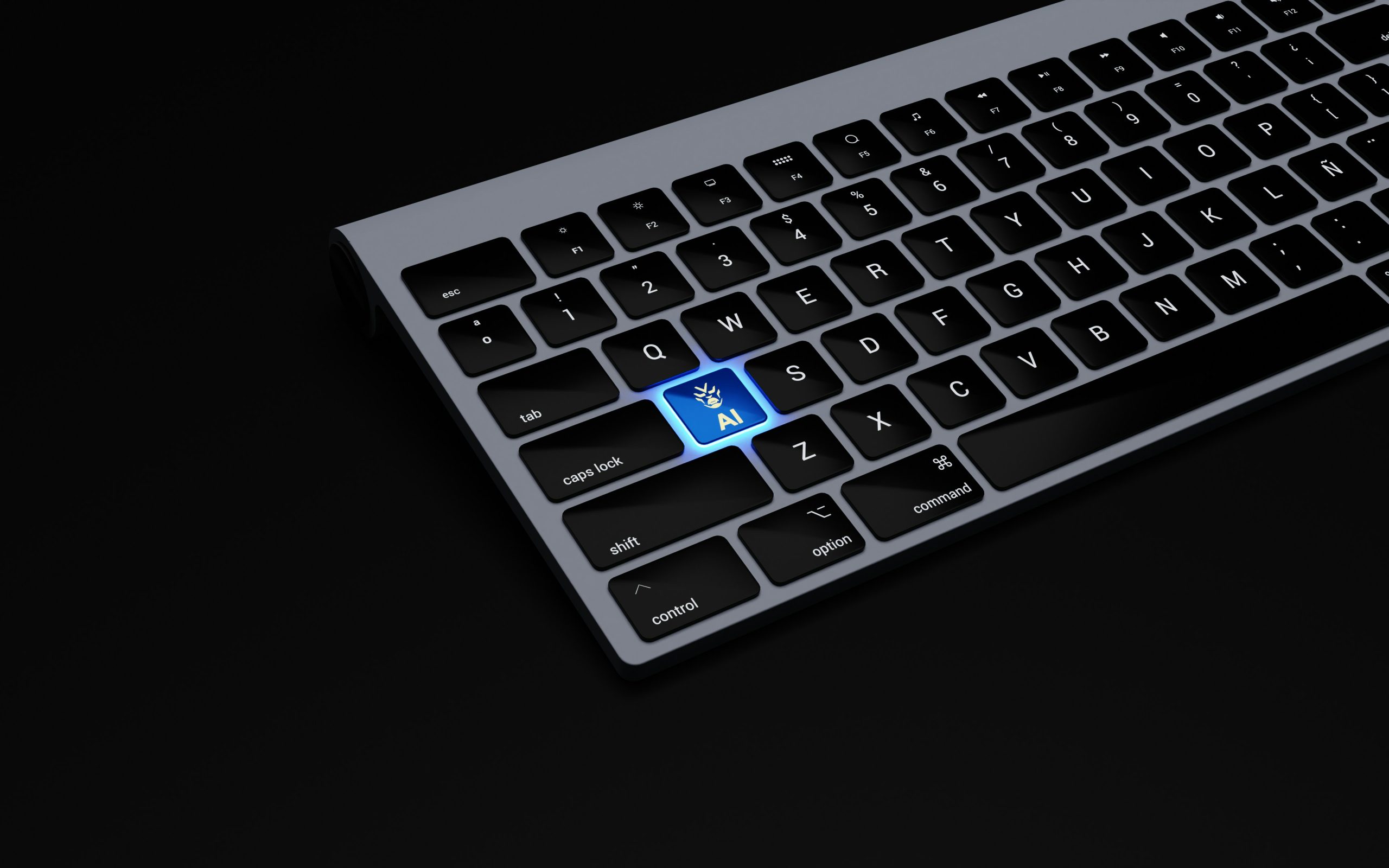Maintaining strong business credit is crucial for companies of all sizes. However, keeping business credit reports error-free and optimized is no small task. Most of us can relate to the frustration that comes with repairing credit. Between unpacking reports and disputing errors, it’s easy to feel overwhelmed navigating the process alone. The good news is emerging artificial intelligence technologies aim to lighten this load. Keep reading to learn how.
Understanding Credit Scores
A business credit score is a key indicator of an organization’s financial reliability and capabilities. Much like personal credit ratings, commercial credit scores are quantitative assessments based on various economic details.
They provide an objective measure of a company’s creditworthiness that lenders, partners, and suppliers commonly use to evaluate risk. A high score signifies a history of responsibly managing debts and finances, while a lower score can constrain opportunities by impacting financing terms. Maintaining a strong credit profile is essential for companies seeking to expand operations, access competitive funding options, and build solid working partnerships.
Traditional Methods of Business Credit Repair
Conventional practices for addressing inaccuracies on business credit reports can be lengthy and labor-intensive. Typically, companies would need to oversee the following steps directly:
- Procuring credit reports: Businesses start by obtaining their credit files from major bureaus like Experian and Equifax. These reports outline the company’s payment history, credit usage, and negative items over time.
- Manual verification: Then, they carefully examine each entry across all reports to identify possible errors, outdated details, or discrepancies that could impact credit scores.
- Filing disputes: If inaccuracies are found, businesses must formally dispute them with the bureaus using written correspondence, online forms, and documentation to validate claims.
- Following up: After disputing, companies have to check in with bureaus to ensure they address issues in a timely manner. This may demand additional follow-ups with supporting materials to correct inaccuracies.
How AI Can Help
Now that we’ve explored the importance of credit scores and the challenges of traditional, manual credit repair methods, let’s examine how we can use AI for credit repair.
1. Automation
AI credit repair software uses machine learning to analyze business credit reports. It can quickly identify errors, outdated details, and inconsistencies. Through automated reviews of payment histories from major bureaus, the software conducts thorough examinations that outperform manual methods.
2. Customized Improvement Plans
AI credit repair software develops customized improvement plans by analyzing a business’s payment history and financial actions. It identifies areas to enhance credit scores, like paying debts or managing new accounts better.
3. Real-Time Updates
AI credit repair software offers ongoing oversight and up-to-the-minute updates. The software consistently watches customer credit reports so businesses can quickly notice any alterations, mistakes, or unfavorable incidents impacting their credit ratings.
This proactive method allows companies to deal with problems rapidly and lessen possible harm to their credit reputations. At the same time, getting current updates all the time guarantees businesses know where their credit stands, empowering fast, well-informed choices.
4. Predictive Analytics
Artificial intelligence (AI) can be used in credit repair software to help optimize the dispute resolution process. AI can analyze past credit disputes, decisions made by credit bureaus, and other data to predict the likelihood of success for different dispute strategies. This predictive capability allows the software to prioritize disputes with a higher predicted chance of success. Businesses using this software can achieve faster credit score improvements by letting the AI’s predictive models guide dispute prioritization and resolution decisions.
Limitations
While AI for credit repair provides clear benefits in automating and standardizing the process, it’s essential to acknowledge the technology’s constraints.
1. Requires Human Insight
Machines don’t always understand subtle details in the same way people do. Even with advanced technology, people’s judgment and knowledge are still critical to tackling complicated cases or catching any issues the algorithms miss.
2. Data Quality
The effectiveness of AI used for credit repair depends on the precision of the data it analyzes. Outdated or incorrect information in credit reports could lead the software to propose disputes or fixes that won’t work.
Companies must ensure credit reports have complete and up-to-date details to truly benefit from AI credit restoration tools. Clean, reliable data is also essential for the technology to function properly.
3. Selecting a Credit Repair Software
It is essential to pick the right AI for credit repair. Features, security, integration, and cost should all be examined. Evaluate what capabilities, like dispute handling or monitoring, are included. Protecting sensitive financial data should be a top priority; look for strong security measures. Compatibility with current systems can streamline workflows. Compare subscription models factoring the volume of credit reports processed and features to identify the most cost-effective option.
Endnote
Credit repair software will only become more sophisticated as AI algorithms continue learning from ever-larger datasets. The benefits are clear: faster turnarounds mean accelerated credit score improvements. Improved scores translate directly to terms on loans and lines of credit. Better borrowing options expand opportunities to access additional capital and fuel continued growth.



